Effect of Rehabilitation Exercises with the Help of Physiotherapy Devices to Treat Partial Tear Connective Muscles for Football Players
Main Article Content
Abstract
Rehabilitation plays an active role in the treatment of sports injuries and in addition it also reduces the chances of injury. The problem of the research is that the connective muscles consist of five muscles connected from the thigh bone to the pelvic bones near the pubic bone, and they all work to join the leg to the other leg and that the weakest place in these muscles is near the place where they connect to the pelvic bone This place is rich in nerves but lacks good blood nourishment. Because some football players, especially players who do not do exercises to strengthen the connective thigh muscles and increase their flexibility and range of motion, where the injury occurs and the pain is severe with a partial loss of joint strength.
Article Details

This work is licensed under a Creative Commons Attribution-NonCommercial 4.0 International License.
References
Abdel Nasser, A. (2004). The effect of amino acid intake and rehabilitative exercises on the treatment of connective muscle rupture for players of some sports activities.
AbdulRasoul, T. H., Aldewan, L. H., & Muslim, A. J. (2019). Effect of Daniel ’s model in teaching basic skills of football halls. Journal of Studies and Researches of Sport Education, 58, 11–25. https://www.iasj.net/iasj/article/171095
Aldewan, L. H., Noori, A. B., & Oda, M. J. (2022). The influence of the rofini model on learning some basic skills and sensory perceptions in the game of female tennis. Journal of Studies and Researches of Sport Education, 32(1), 16–27. https://doi.org/https://doi.org/10.55998/jsrse.v32i1.285
Al-Khatib, M., & Al-Mashhadani, A. (1999). Mathematical Philosophy. Higher Education Publishing .
BadrKhalaf, H., Aldewan, L. H., & Abdul-Hussein, Th. S. (2021). The effect of McCarthy ’s model on developing the football scoring skill for students. Journal of Studies and Researches of Sport Education, 67, 170–182.
Booher, J., & Cary. A. (1973). Athletic Injury Assessment (2nd ed.). mirror mosby college publishing.
Ismail, M. (1998). Muscular strength training and weight programs for youngsters. Intisar Publishing.
Kadhim, M. A. A. (2020). The effect of instant feedback on performance at the digital level on discus effectiveness. Indian Journal of Forensic Medicine & Toxicology, 14(4). https://doi.org/10.37506/ijfmt.v14i4.11907
Khater, A., & Al-Beik, A. (1996). Measurement in the Mathematical Field. Dar Al-Maaref .
Khlaif, I. K., & Shnawa, T. F. (2022). The Effect of Using Therapeutic Physical Exercises Accompanying Physical Therapy in the Rehabilitation of Lumbar Disc Herniation for Football Players Aged (25-25). Revista Iberoamericana de Psicología Del Ejercicio y El Deporte, 17(1), 33–35.
Majeed, R. (1991). Biochemical and Physiological Analysis in Sports Training. Dar Al-Hikma Press for Printing and Publishing.
Mousa, H. J., Hadi, A. K., & Ali Kadhim, M. A. (2019). Effectiveness of the Ultrasonic Device with Therapeutic Exercises in the Rehabilitation of Knee Joint Injury in Football Players. Indian Journal of Forensic Medicine & Toxicology, 13(4), 320–325.
Muhammad, S. (2008). Athletes’ Injuries and Treatment and Rehabilitation Methods. Nass Printing Company .
Nassif, A. A., & Hussein, Q. (1979). Developing the endurance. Alaa Publishing.
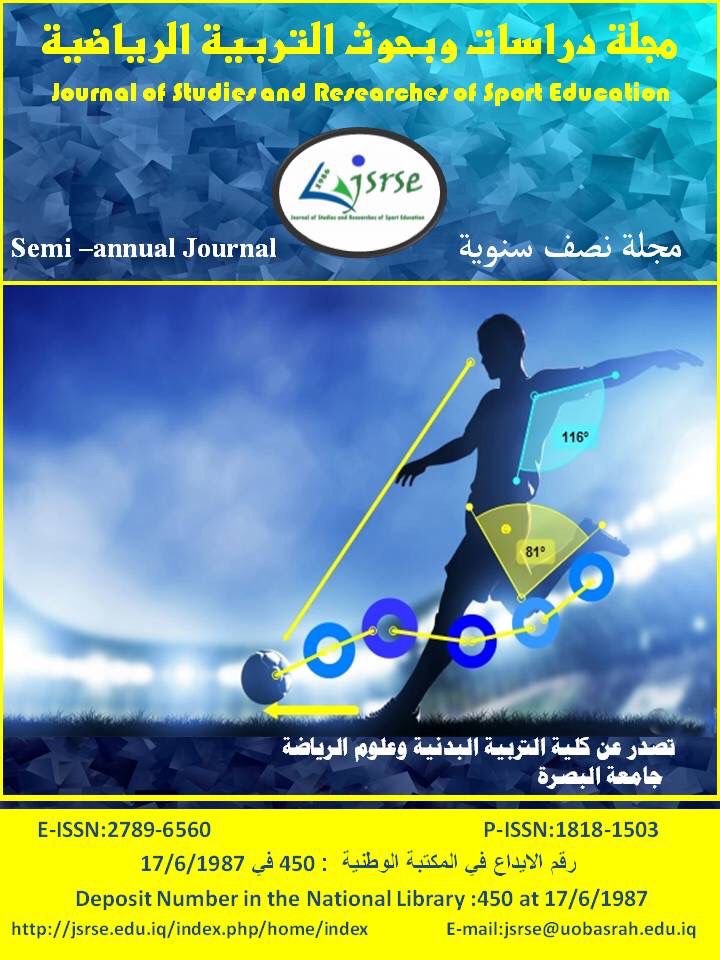




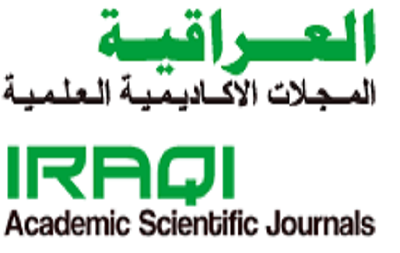 IASJ
IASJ CC-BY-4.0
CC-BY-4.0 turnitin
turnitin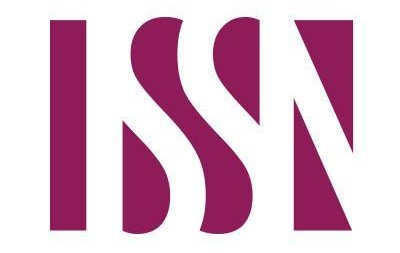 ISSN
ISSN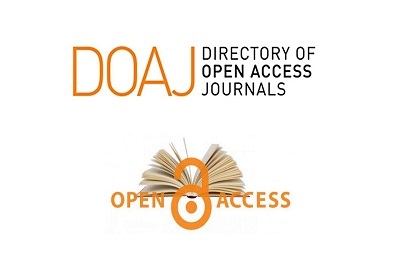 DOAJ
DOAJ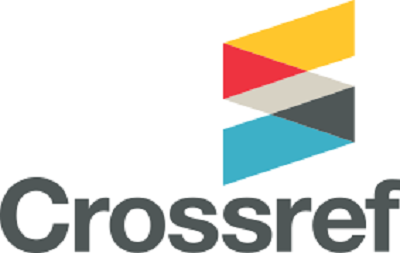 Crossref
Crossref GoogleScholar
GoogleScholar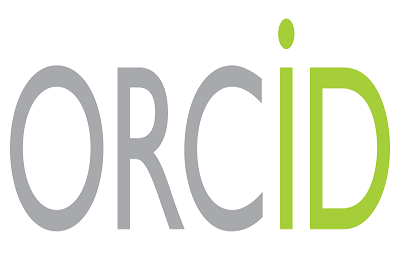 Orcid
Orcid